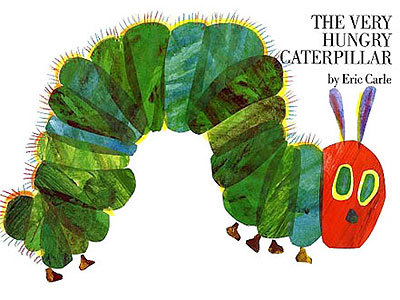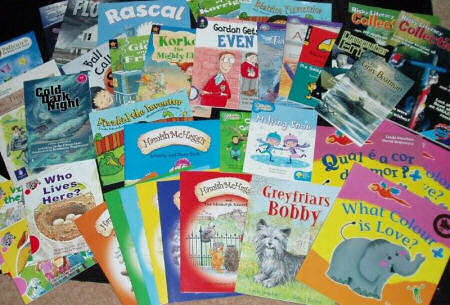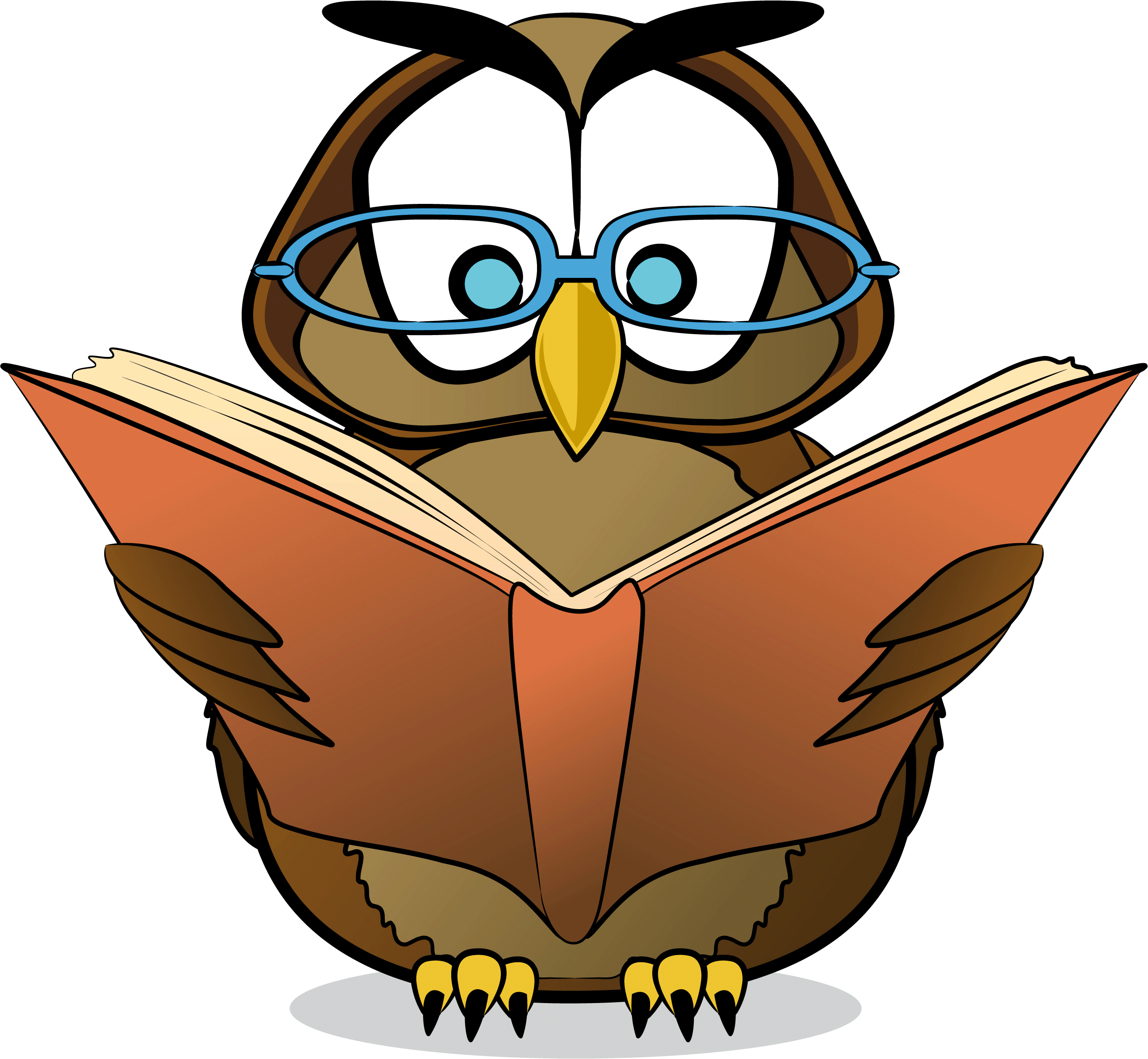This story takes place on the banks of the river Nagara where a poor widow and her son, Taro, lived. The Widow’s occupation involved sewing silk kimonos for rich woman who lived in the town. While Taro’s mother worked all day, he lounged around and was very lazy. When Taro would nap, he would sleep for long periods of time. He gained his nickname, “The Boy of the Three-Year Nap”, due to his laziness. When Taro was nearly grown, a rich merchant moved to town and built an exquisite mansion. The merchant had a wife and a daughter who wore elegant kimonos. During Taro’s naps, he would observe the merchant’s property and wished that he could live the same life. Taro still remained lazy, and his mother strongly encouraged him to work for the rich merchant. Taro had a plan to become a priest, and he asked his mother to sew him a black kimono. Taro disguised himself as the ujugami and ordered to the merchant that it was time he marry off his daughter. Disguised as ujugami, Taro demanded that the merchant’s daughter should marry him. The merchant begged the ujugami to provide his daughter with a husband that was anyone else but the lazy Taro. However, ujugami threatened the merchant that if his daughter didn’t marry Taro, he would turn her into a cold clay pot. The next day, the merchant approached Taro’s mother and described what happened. Taro’s mother stated that her house was much too poor for the daughter to live in with her son, so the merchant paid for Taro’s house to be rebuilt. Just as Taro thought that he wouldn’t have to work, the merchant assigned his to maintain his storehouse, which wasn’t a part of Taro’s plan. Taro’s marriage to the merchant’s daughter was successful. Taro became a working man, and everyone stopped referring to him as “The Boy of the Three-Year Nap.”
As a future teacher, I want to incorporate this book into one of my lessons. The moral of the story teaches children that lying to others doesn't get you what you want. Instead, lying usually leads to even more disappointment. This is expressed through Taro, as he assumed that he wouldn't have to work if he became married to the merchant's daughter. However, Taro was sadly mistaken when he had to take over the merchant's storehouse.
Furthermore, this story contained several images that expressed the character's and their emotions. Allen Say, the illustrator of this book, performed excellent work. He truly was able to express each character and their different emotions as the story progressed. I think it is important for children's books to contain illustrations so that children can create a clearer picture of the story.











